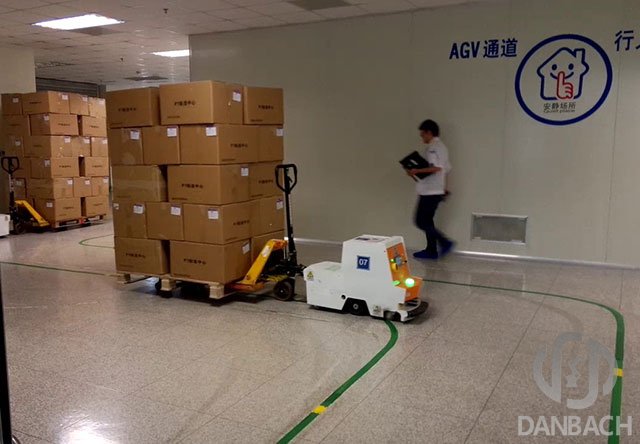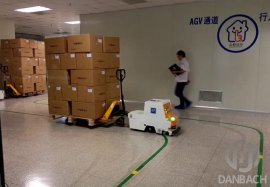The tobacco industry has the characteristics of large material flow, many delivery links, automation of production processes, high degree of flexibility, and strict requirements for information control and management systems. As a landmark equipment for modern production process, AGV has the conditions to better meet the above characteristics. In addition, the overall benefits of the tobacco industry are better and the equipment is conditionally updated. As a result, AGV has been rapidly promoted and applied.

The forklift-type AGV is similar to an electric forklift and has a variety of forward and lateral types of operation. It can perform loading and unloading operations on a variety of occasions from the ground to a higher range. It is suitable for the material handling with different platform or shelf requirements, especially for the dense storage and handling of entry lanes and multi-storey shelves. Features: Widely used, can be loaded and unloaded in roadways and multi-storey warehouses; the disadvantage is the safety of the reversing process. In China, it is widely used in Xiamen, Nanchang, Wuhu, Shenzhen, Handan materials stores; Honghe original product library.
The application of AGV in China’s tobacco industry has promoted technological advancement of enterprises, improved working conditions and environment, and improved the level of automated production; effectively liberated labor productivity, reduced labor intensity, reduced staffing, and eliminated outdated production processes and equipment. Optimize the production structure, save manpower, material resources and financial resources.
 中文
中文 English
English

